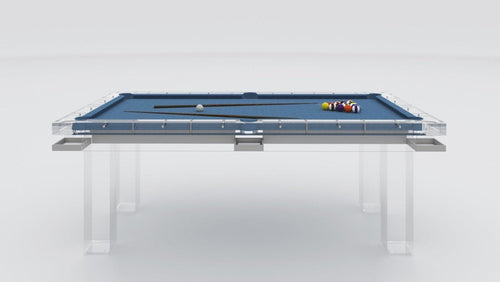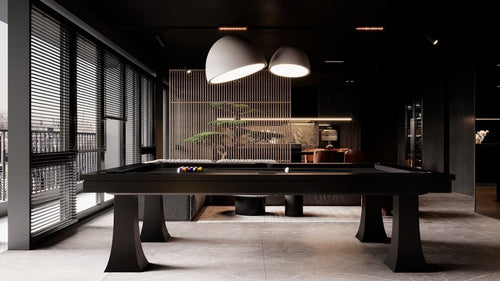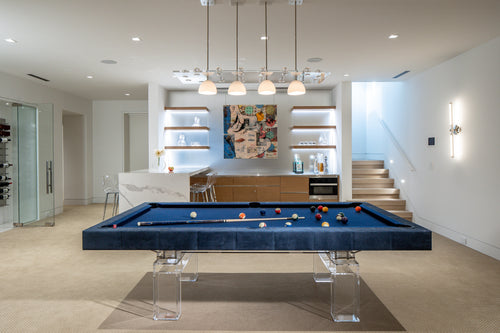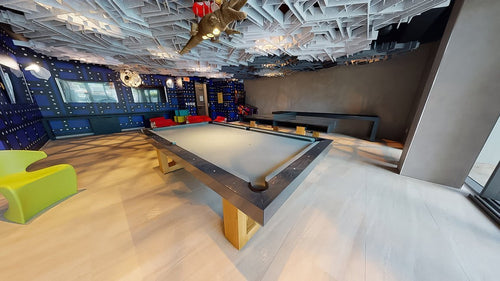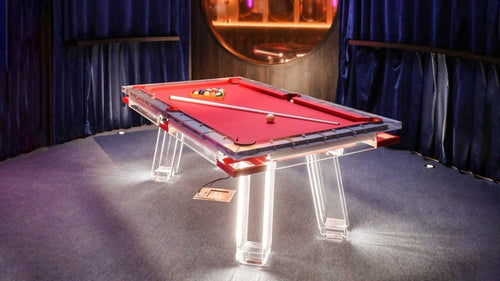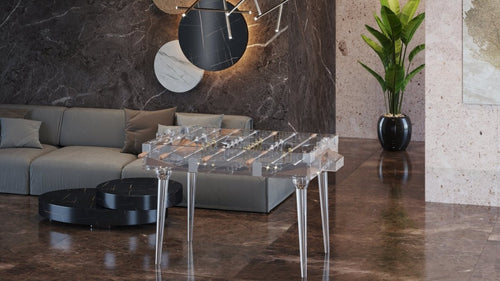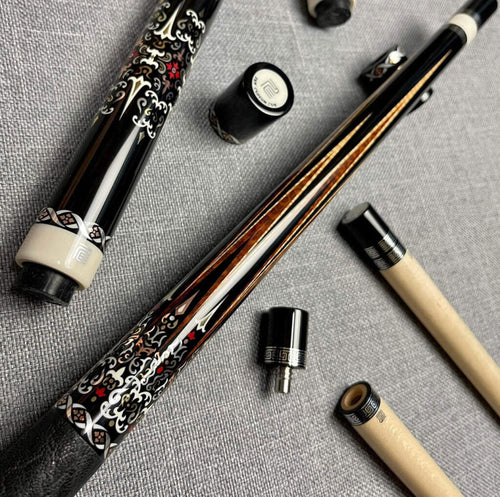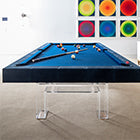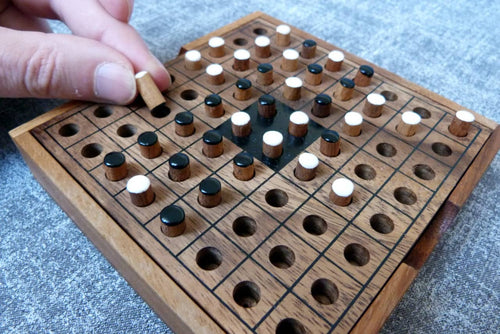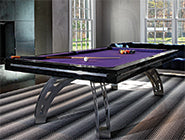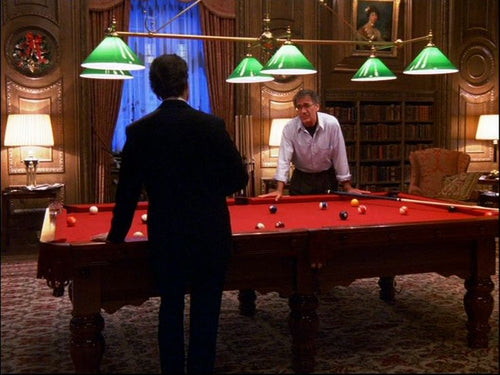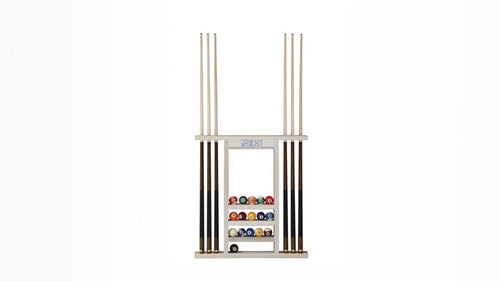Enjoy our modern designs
Design History |
Modernism didn’t end the decorator’s reign—it forced a creative pivot. Here’s how American interior decorators reimagined their craft from the Eames era to the Instagram age.
Roots in Eclecticism
Late‑19th‑century architects mashed up Gothic next to Georgian façades. Decorators stepped in to translate those stylistic mash‑ups indoors. They memorized period furniture, sourced antiques, and—crucially—managed the egos of Gilded Age patrons.
Pre‑War Titans Who Kept Shaping Taste
- Elsie de Wolfe – America’s first celebrity decorator. Banished Victorian gloom with white paint, wicker, and floral chintz.
- Ruby Ross Wood – Mixed English antiques with saturated color. Mentored Billy Baldwin.
- McMillen Inc. – Perfected the high‑taste mélange of French and English period rooms for Park Avenue clans.
- Dorothy Draper – Out‑scaled ornament and fearless color for hotels, offices, and the iconic Greenbrier.
- Sister Parish – Casual “country‑house” comfort that later merged with Albert Hadley’s polish in Parish‑Hadley.
Modernism Arrives—Decorators Respond
International Style glass towers felt chilly to many clients. Decorators offered two main alternatives:
- Tradition Revisited – Period furniture and floral wallpapers, refined but familiar.
- Moderne / Art Deco – Symmetry, mirrors, lacquer, and bold contrast for those craving novelty without the puritan minimalism of Mies.
Syrie Maugham’s all‑white rooms and Draper’s marble‑floored lobbies exemplified the “modernistic” compromise.
Serving the Few, Influencing the Many
Magazine spreads of elite homes created a trickle‑down effect. Department stores hired “room stylists” to imitate high‑end looks, making ersatz Chippendale reachable on a middle‑class budget.
Post‑War Specialization
- Restaurant & Hospitality: Adam Tihany’s dining rooms turned eating out into theater.
- Retail Showcases: Barbara d’Arcy’s model rooms at Bloomingdale’s dictated national décor trends.
Integration with Architecture
Florence Knoll’s Planning Unit proved interiors could match the rigor of architecture—space planning, custom furniture, and finish specs delivered as one package. Major firms soon built in‑house interior studios.
The Star Designer Phenomenon
- Mark Hampton / Albert Hadley – Scholarly eclecticism, tailor‑made for corporate CEOs and First Families.
- Angelo Donghia – Sleek celadon colorways, low‑slung sofas, and industrial fabrics.
- John Saladino – Old‑world detailing fused with modern art.
- Mario Buatta – The “Prince of Chintz” who romanticized English country chic for American mansions.
- Sarah Tomerlin Lee – Hotel makeovers combining nostalgia with theatrical storytelling.
- Massimo & Lella Vignelli – Graphically crisp interiors echoing their branding work.
Professionalization & Gender Shifts
Licensing boards, NCIDQ exams, and practice acts now separate trained interior designers from hobbyist decorators. Gender lines blur: women helm architecture studios; men design fabrics. Globally, the decorator/designer split barely exists.
Twenty‑First‑Century Paradigm
Firms like Shelton Mindel orchestrate everything from floor‑plate layouts to art curation, blending mid‑century classics, Scandinavian calm, and new tech. The modern interior designer is equal parts space planner, psychologist, materials scientist, and brand strategist.
Key Takeaways for Today’s Practitioners
- Historical fluency remains a persuasive sales tool.
- Clients still want comfort and story—not austerity.
- Collaboration with architects, engineers, and fabricators is non‑negotiable on complex projects.
- Licensing and evidence‑based design bolster credibility and fee structures.



